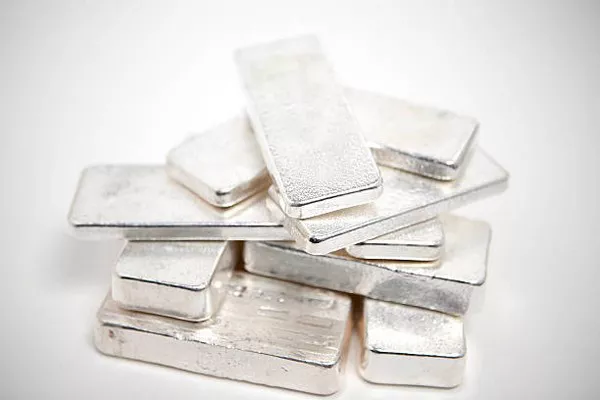Silver, often referred to as the “poor man’s gold,” has long been an intriguing asset for investors seeking to diversify their portfolios or hedge against economic uncertainties. In recent times, silver has gained renewed attention due to various market factors. The question many investors are asking is whether now is the right time to buy silver. To address this, let’s delve into the fundamentals, market dynamics, and potential scenarios that could influence the price of silver.
Silver Market Overview
Silver is a unique commodity, valued for its dual role as both a precious metal and an industrial metal. Its applications span jewelry, electronics, solar panels, and healthcare, contributing to consistent demand. This dual-use nature means silver prices are influenced by both economic factors (industrial demand) and financial market sentiment (investor demand).
Recent Performance: Over the past decade, silver prices have demonstrated volatility, with significant price swings driven by factors such as economic data, geopolitical events, and shifts in monetary policy. Notably, silver tends to be more volatile than gold due to its lower price point and higher industrial demand exposure.
Current Market Conditions: As of [current date], silver prices have [provide current price and recent trend information]. It’s essential to assess silver’s outlook within the broader economic context.
Factors Driving Silver Prices
Inflation Hedge: Silver, like gold, is often viewed as a hedge against inflation. Inflationary pressures, fueled by expansive monetary policies and supply chain disruptions, can drive demand for precious metals as stores of value.
Interest Rates: Silver prices are sensitive to interest rate movements. Lower interest rates typically reduce the opportunity cost of holding non-interest-bearing assets like silver, potentially boosting demand.
Industrial Demand: Silver’s industrial applications make it sensitive to economic growth. As economies recover and industrial production accelerates, demand for silver in manufacturing could increase, supporting prices.
Investor Sentiment: Market sentiment, influenced by macroeconomic data, geopolitical events, and currency movements, plays a crucial role in shaping silver prices. Uncertainty often drives investors towards safe-haven assets like silver.
Supply Constraints: Like other commodities, silver supply can be affected by mining disruptions, exploration challenges, or shifts in production dynamics, impacting its price trajectory.
Investment Case for Silver
Diversification: Silver offers diversification benefits for investment portfolios. Its low correlation with traditional financial assets like stocks and bonds can enhance overall portfolio resilience.
Inflation Protection: Amid concerns about rising inflation, silver can serve as an effective inflation hedge, preserving purchasing power over the long term.
Potential Upside: Silver prices have historically demonstrated the potential for significant upside during periods of economic uncertainty or rapid inflation.
Relative Value: Compared to gold, silver is currently trading at a historically high gold-to-silver ratio, suggesting potential value opportunities for investors.
Key Risks and Challenges
Volatility: Silver prices can experience sharp fluctuations, posing challenges for risk-averse investors or those with short-term investment horizons.
Industrial Demand Variability: Economic slowdowns or shifts towards alternative technologies could impact silver’s industrial demand and price outlook.
Market Sentiment Shifts: Rapid changes in market sentiment, driven by geopolitical events or policy shifts, can influence silver prices unpredictably.
Outlook and Conclusion
The decision to invest in silver hinges on individual investment objectives, risk tolerance, and market outlook. For investors seeking to diversify portfolios, hedge against inflation, or capitalize on potential price appreciation, silver presents a compelling opportunity. However, it’s crucial to consider the inherent risks and volatility associated with this asset class.
Final Considerations: Consultation with financial advisors and thorough research into macroeconomic trends are recommended before making investment decisions. While silver offers unique attributes as an investment, prudent risk management and a long-term perspective are essential for navigating the complexities of the precious metals market.
In summary, the question of whether it’s time to buy silver depends on a nuanced analysis of prevailing market conditions, economic trends, and individual investment goals. While silver presents compelling investment potential, investors should approach this asset class with a comprehensive understanding of its dynamics and associated risks.


